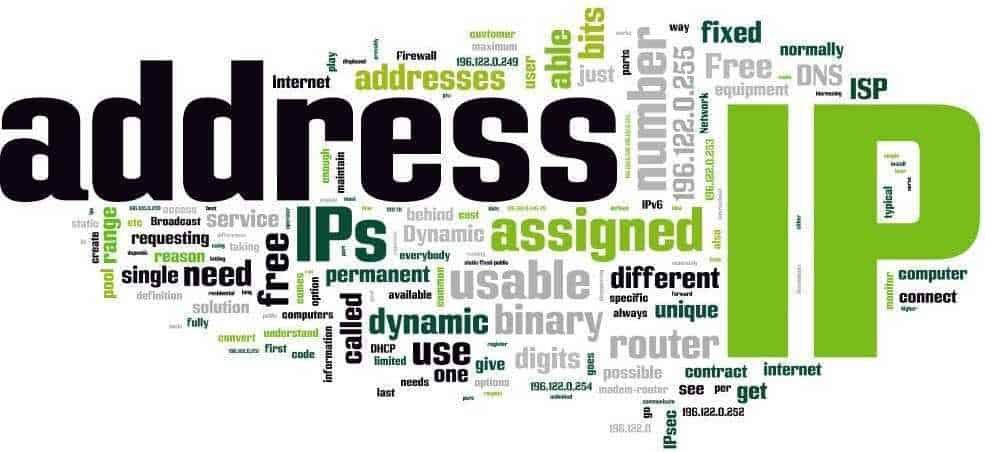IPv4 and IPv6: When the Internet was born, no one could have imagined that at some point IP addresses would not arrive. Of course, this was before your toaster needed one address IP to be able to connect to the Internet.
So IP addresses started running out in IPv4. Then came the solution called IPv6. Do you know the differences between IPv4 and IPv6? What useswhat? Do you need to change? 
IPv4 and IPv6
The terms IPv4 and IPv6 refer to both IP address patterns that determine how an IP address is distributed and to what it is. 4 and 6 numbers indicate the version number (v4). But there are some basic differences between IPv4 and its IPv6, but also to IP addresses:
IPv4 is the oldest version with IP addresses out of date and IPv6 is the new version that has new IP addresses for your computer and your toaster.
IPv4 has IP addresses displayed with 32-bit numeric values written in the decimal system while IPv6 uses IPs written in hexadecimal system of 128-bit.
What do you use?
The IPv6 standard has been around for quite some time. IPv4 provided all the IP addresses that 2012 could provide and since then IPv6 upgrades have been promoted. But 2018 too many devices still use IPv4. How; If the IPv4 standard does not have new addresses, how can all new smartphones access the Internet?
Right now, routers seem to play an important role. Your router is the device that receives an IP address, and the devices you use and connect to your router have internal addresses. Your router uses internal IP addresses to make sure that traffic is being routed to the correct device. So if you have the latest Macbook, or the latest Surface tablet, you're probably using IPv6. These devices also support IPv6, so it doesn't exist problem. But the problem exists in older devices.
Please also note that although all of the IP addresses available from the IPv4 standard are available, they are not all used continuously. Many of these are not being used, which means that the transition to IPv6 will probably be delayed.
Switch to IPv6
Moving to IPv6 is not easy. Although the IPv6 standard is much higher than v4, switching to IPv6 costs money as it needs hardware and software. The ISP should upgrade its infrastructure to support IPv6. But that does not concern us.
Immediately afterwards the router has it. It needs to be upgraded and not many are buying their own router. Most use the router provided by your internet service provider. So when ISPs upgrade their network to support IPv6, they should include new routers in the same account.
But as long as you have internet at home there is no reason to rush, and your provider knows this. IPv6 does exist, but one cannot force ISPs to make the new standard available. the current technology router usually uses IPv4. So don't expect miracles unless there is some new legislation or if there isn't a serious risk from a security hole in IPv4.
Yes IPv6 is better
The biggest advantage of using IPv6 is that all devices can be connected directly to the internet. Your devices are currently connected via a router and do not have their own IP addresses. If you need to find a device on a network, you should look for it from its MAC address. This naturally slows things down. A router is as fast as your web requests are quickly answered. So when devices can be connected directly to the internet, browsing will be faster. This does not mean you do not need the router. But direct internet connection without internal IPs works much more efficiently.
The IPv6 standard is also much safer. Encrypts traffic and ensures the integrity of each packet. This gives you VPN security. No VPNs are no longer useless. You can use them to hide your activity from your ISP. But with IPv6 even without them, your traffic will be safer than IPv4.
__________________________





